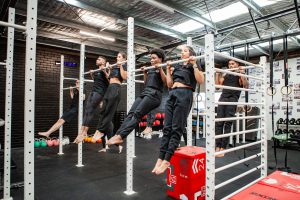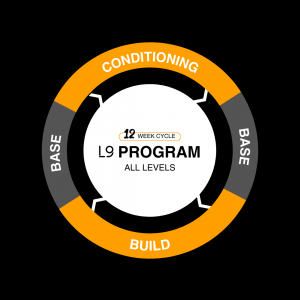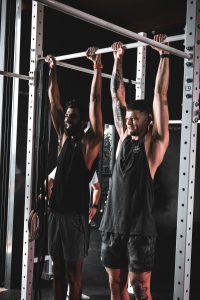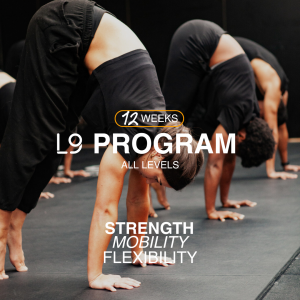
How Long Does It Actually Take to Get a Pull-Up? (With Stats)
estimated Read Time: 3 Minutes Why You Still Don’t Have a Pull-Up Pull-Ups are one of the most misunderstood movements in Bodyweight and Calisthenics training.
Everyone experiences DOMS (Delayed Onset Muscle Soreness) eventually! Its a side-effect of working out and pushing hard. Essentially your muscles are sore because
If you’ve just started working out or really pushed yourself harder than usual, the next day, or sometimes two days later, you start to feel sore in the muscles you worked out. This soreness is called DOMS, which stands for Delayed Onset Muscle Soreness.
Think of it like your muscles sending you a postcard saying, “Hey, we did something new and tough!” When you exercise, especially if you’re doing something your muscles aren’t used to, you create tiny, microscopic tears in the muscle fibers. This is totally normal. Your body then goes to work repairing those tiny tears, and it’s this repair process that makes you feel sore.
This soreness usually feels like a dull, aching pain in the muscles, and you might feel a bit stiffer and less flexible than usual. It’s different from the sharp, immediate pain you would feel if you injured yourself. DOMS can be a bit uncomfortable, but it’s just a sign that your muscles are adapting to your fitness routine. It usually goes away on its own in a few days.
DOMS isn’t a strength specific thing!
So, Yes! … you can develop DOMS after a solid stretch session too! Anyone who has done pro-longed Jefferson Curls / Presses and holding long deep stretches may find themselves walking funny for day. And that’s simply because when you are going into stretches which you are not used to, you are introducing those tiny microscopic tears in the muscle fibres… and your body needs to go back into that repair mode again.
If you think that’s weird idea… wrap your head around this: It means that you are developing muscle mass through doing stretches.
It’s a common misconception that you need to feel sore, or experience DOMS (Delayed Onset Muscle Soreness), to know that your muscles will grow. DOMS is just a sign that your muscles were stressed in a way they’re not used to, leading to microscopic tears in the muscle fibers. This soreness is more about adaptation than a direct indicator of muscle growth.
Muscle growth, actually happens when you consistently challenge your muscles over time, causing them to adapt and get stronger. You can effectively build muscle without experiencing significant soreness. This is because as your muscles get more accustomed to the exercises, they become more efficient and less prone to the microtrauma that causes DOMS.
Consistency, proper technique, and progressively increasing the intensity of your workouts are key for muscle growth. This can include lifting heavier weights, increasing the number of repetitions, or changing the exercises. Good nutrition and rest are equally important, as they allow your muscles to repair and grow. So, while DOMS can be a part of the process, especially for beginners or when trying new activities, it’s not a requirement for muscle growth.
Growth Math time. Your rate of recovery should exceed the rate you are tearing the body down. So the more vigorously you tear it down during a workout the more you need to invest in your recovery. The key elements of recovery are Nutrition and Rest. And you need both simultaneously. Nutrition provides the energy and the building blocks to recover, Rest and Sleep provides the time for your body to do its thing. However our recovery is fundamentally constrained by the human body, genetics and age.
If you tear down your body faster than you can recover, you will become weaker and lose muscle mass. A good way to think is if you’re experiencing DOMS, you’ve GONE HARDER than what your body can naturally recover.
DOMS will impair the quality of your workout and ultimately reduce the frequency at which you can exercise. Imagine doing a leg workout when you can’t walk right! So following on Truth #3’s thinking, DOMS is a strong indicator that you have properly smashed your body, and it can take days to recover to be able to work at your peak again.
If you love smashing your body and recovering, chances are you will optimally be able to do 2-3 workouts a week at a high level of intensity while putting yourself at risk of injury. Instead if you work moderately and stay away from failure reps, you may be able to extend that to 5-6 times a week, doubling the number of workouts you get in.
The latter method is far less injury prone and introduces 2 BIG benefits:
1. You progress MUCH MUCH faster. In theory, twice the workouts = twice as fast.
2. You build a better fitness habit which leads to a better long-term outcome.
If you thought it effects your Strength workout, my goodness it stuffs up your flexibility work. Just imagine trying to touch your toes when your hamstrings are on fire. With DOMS, Flexibility workouts are practically a write off.
It’s simple.
1. Work Moderately. There are very little upsides of “Go Hard or Go Home” mentality, especially when you are just starting.
2. Nutrition and Sleep.
Au-natural works just fine! No need for ice-baths or anything silly. You can stretch it out all you want, but if you’ve worked so hard that all the micro tears are there then DOMS is happening whether you like it or not.
Don’t forget, approach moderation with moderation. Sometimes, its worth opening up the throttle and going hard too. Just be aware of the consequences!

estimated Read Time: 3 Minutes Why You Still Don’t Have a Pull-Up Pull-Ups are one of the most misunderstood movements in Bodyweight and Calisthenics training.

Starting the L9 Program is easier than you think. If you don’t want to read this article then here is everything you need to know

Everyone experiences DOMS (Delayed Onset Muscle Soreness) eventually! Its a side-effect of working out and pushing hard. Essentially your muscles are sore because So what’s

Ever wondered what the L9 Program looks like? Probably one of our top asked questions is if the L9 Program right for Beginners and if